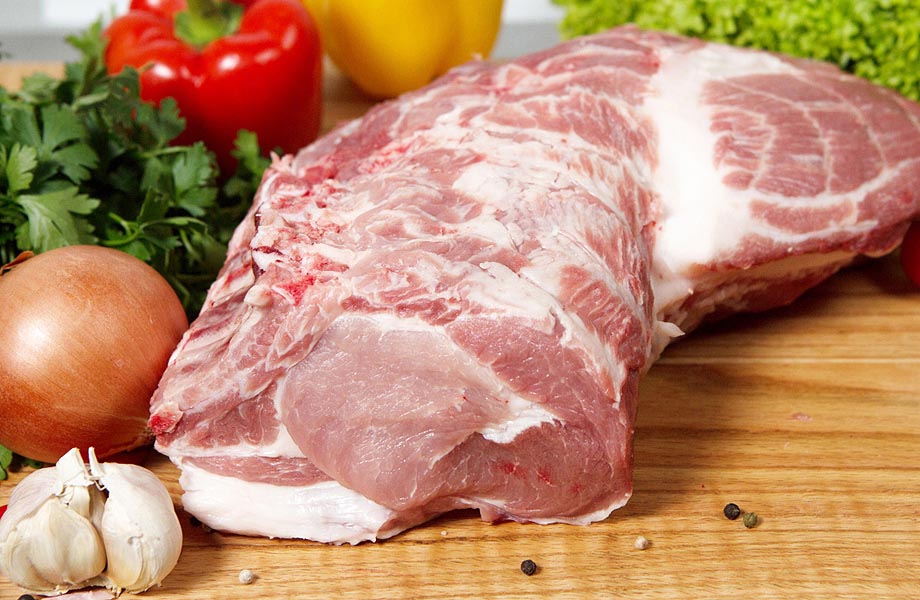 EU pig meat exports have expanded considerably over the last 15 years and have provided a considerable boost to the pig meat market in the EU. The global market has offered new outlets over a period when it has been difficult to boost demand and consumption within member states.
EU pig meat exports have expanded considerably over the last 15 years and have provided a considerable boost to the pig meat market in the EU. The global market has offered new outlets over a period when it has been difficult to boost demand and consumption within member states.
Based on data from the European Commission exports of pig meat accounted for 5% of net EU production in 2002 but by 2016 had reached 12%. However, it looks likely to slip back slightly in 2017, with EU shipments of pig meat to third countries falling by 11% on the year from January to June. The EU Commission currently have EU pig meat exports for 2017 forecast at 2.54 million tonnes carcase weight equivalent, 9% down on 2016. The drop in EU pig meat exports so far has been driven by a number of factors, including a decline in production, a rise in pig prices as well as falling Chinese demand since the spring.
The emergence of China and Hong Kong as key markets for the EU has been critical to this export growth. In 2002 China and Hong Kong accounted for just 4% of EU exports, but by 2016 had reached 45% out of a total of 2.50 million tonnes product weight, excluding offal. Of even more significance these markets are taking lower value cuts, which as mentioned previously, have little or no value within the EU. Even EU trade with mature pig meat markets, led by Japan and South Korea, has seen steady growth. Compared to 2002 trade with these two countries has increased by nearly two thirds and amounted to 557,000 tonnes in 2016.
EU trade is dominated by fresh and frozen pork, especially frozen, accounting for around 90% of total pig meat exports (excluding offal), with the remainder consisting of processed products led by uncooked sausages. The overall average export price of around €2,400 per tonne has shown little change over the last fifteen years other than some year to year variations. This development partly reflects the increased importance of the lower valued Chinese market with other individual markets recording some modest price rises since 2002.
The growth in pig meat offal exports from the EU has been even more dramatic than other pig meat products, having increased by almost five times the amount between 2002 and 2016, with the volume shipped in 2016 reaching 1.4 million tonnes. The main growth in offal trade has been with China and Hong Kong, which accounted for over 75% of EU exports in 2016. However, there has also been a sharp growth in trade to other Asian markets led by the Philippines, Vietnam, South Korea, Thailand and Japan.
Trade in pig meat from the EU could well continue to suffer in the last part of this year, given the recent slowdown in Chinese demand in particular. In 2018 if there is a recovery in EU pig meat production, which seems likely as the EU breeding herd is edging up again, a strong EU export campaign will be vital to ensure a firm EU pig meat market. However, export competition from other origins will likely remain strong, with US exports forecast to rise further in 2018, while prospects in China remain somewhat uncertain. The Chinese and Hong Kong market has become critical for the EU, and even the UK, so further export diversification would help reduce the dependence upon these markets in future.
pork.ahdb.org.uk


